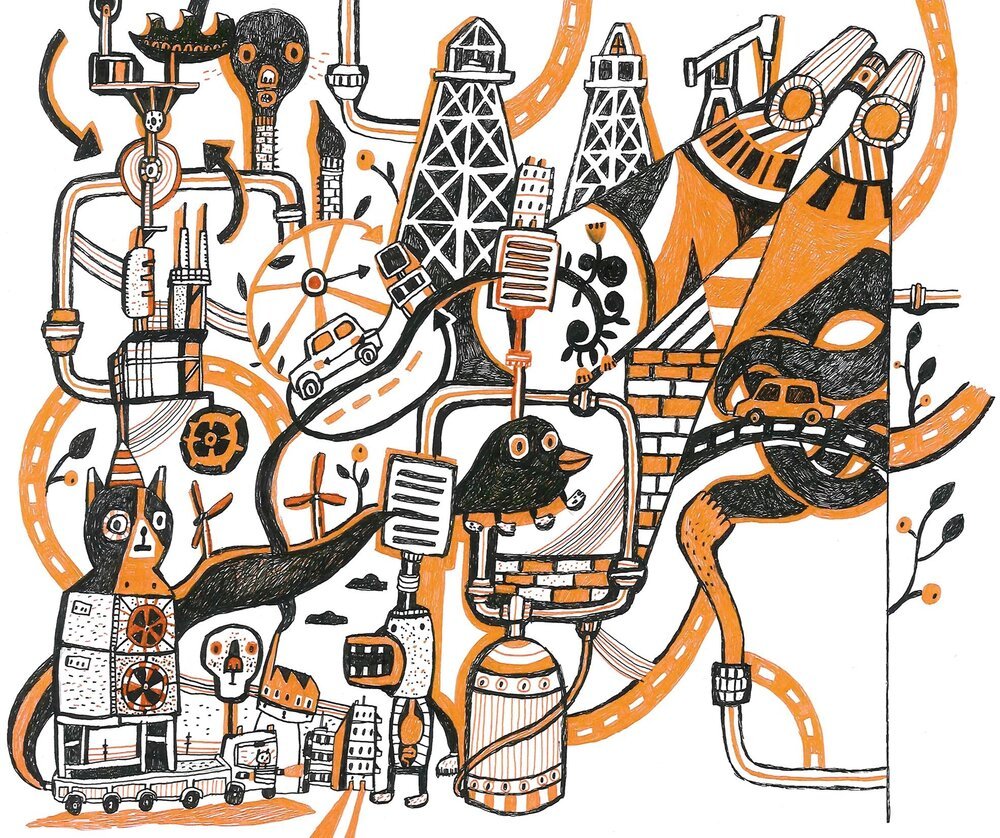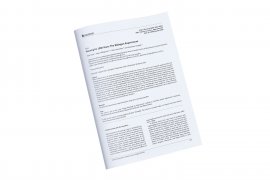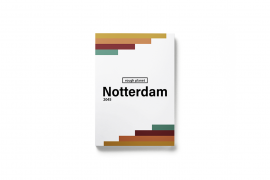Climaginaries

Climaginaries: imaginaries of climate futures and socio-cultural transformations
The transformation towards a less carbon-intensive society relies not only scientific facts, but also on effective ways to imagine, envision and narrate post-fossil worlds. Therefore, the Urban Futures Studio collaborates with researchers from Lund, Warwick and Durham Universities in a multidisciplinary project ‘Climaginaries’ which explores innovative and new ways in which climate futures and the transformative pathways towards them can be imagined. ‘Climaginaries’ explores various techniques of collective imagination, ranging from quantitative model-based scenarios to cultural representations. The aim is to better understand the transformative, often context-related capacity of imaginaries.
Publications
What are climate imaginaries and why are they important? The notion of ‘climate imaginaries’ builds on the work of, among others, Jasanoff and Kim (2015) who define imaginaries as “collectively held, institutionally stabilized, and publicly performed visions of desirable futures, animated by shared understandings of forms of social life and social order attainable through, and supportive of, advances in science and technology.”. Yet, much is unknown about how such shared understandings emerge, are responded to or mobilise action. In an attempt to address this, the project team is currently working on a Lexicon in which the concept of climaginaries and their transformative capacity is further explored. The Lexicon is intended to engage a larger audience and consists of a collection of inspiring essays centered around a number of relevant themes such as ‘modeling’, ‘viability’ and ‘futurity’ and will be published in the form of a book.
Exploring techniques of imagination and enabling new climate imaginaries The team is also exploring various techniques of imagination including model-based scenarios, visions of societal transformation and cultural representations such as literature, film and art. The aim is to analyze the content and representations of those different techniques and how multiple techniques could be used in combination to create new climate imaginaries. One of the ongoing projects is Carbon Ruins, an exhibition positioned in 2053 that transports the visitor to a future where the transition to a post-fossil society has happened. Carbon Ruins has been touring across various locations in Sweden, and is presented at international conferences. One project in which UFS researchers are particularly involved is the PhD project Modelling through Design which focuses specifically on the combined deployment of modelling and art&design. An example in this project is the podcast series Ansicht, produced by RAUM in collaboration with the UFS, in which writers use model-based scenarios as a framework in which to create compelling stories of urban life in 2050.




